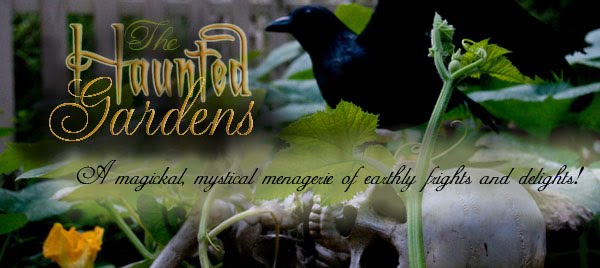It is the Monotropa uniflora, commonly known in different areas of the country as Indian Pipe, or Dutchman's Pipe, Ghost Flower, or even the creepy name of Corpse Plant. And it grows in one subspecies or another, from coast, to coast.
Indian Pipe, as it is commonly known in my area, is a chlorophyll free plant. It isn't a mushroom, toadstool, or any type of fungus. Even though it is cool, moist and firmly spongy to the touch, it is a true plant, with true botanical reproduction parts. It does produce pollen and seeds, that look like fine dust.
Because it doesn't produce chlorophyll, there isn't any need for separate leaves. Little white scales form directly on the stalk or stem. It was formerly thought to be a saprophyte, a parasite, but it links itself with a mycorrhizal fungus to obtain nutrients, and the fungus, in turn, attaches itself to tree roots in shady, damp forest floors, using under layers of leaf litter. But it doesn't just take, but gives back sugars that are necessary for tree growth.
Around here, I find them growing under Oak trees, but up in the U.P., my friend was gifted with them growing under her Hemlocks and Cedars. She considered them a good sign!
And indeed, if you do find them growing in your garden, please don't try and transplant them, not only because they are a protected, and in some states, endangered species, but because they will die. They are very fragile themselves, bruising extremely easily, producing a clear geletinous ooze, turning black very quickly, and then dying. Beyond that, they are part of a fragile symbiotic system intertwined with other living species that has taken years to achieve the right balance for growth.
Native People used the roots to help treat nervous disorders and eye conditions, but modern medicine has not explored any possible benefits from this plant. Considering its fragile nature, that might be a good thing.
As the plant matures, the drooping flower head will bloom for one day, then within the next few days, slowly straight upright on the stem, before turning black. Some subspecies, that I've found, will turn a beautiful deep red color, before withering back.
So when you venture out this Spring, especially after a good soaking rain, and again in Autumn, when you are looking upwards, enjoying the colors of the trees, remember to look down too. These delightful little plants can sometimes be easy to miss, but once you find them, you will fall under their spell, as I have done!
Wishing everyone a safe, warm weekend!







